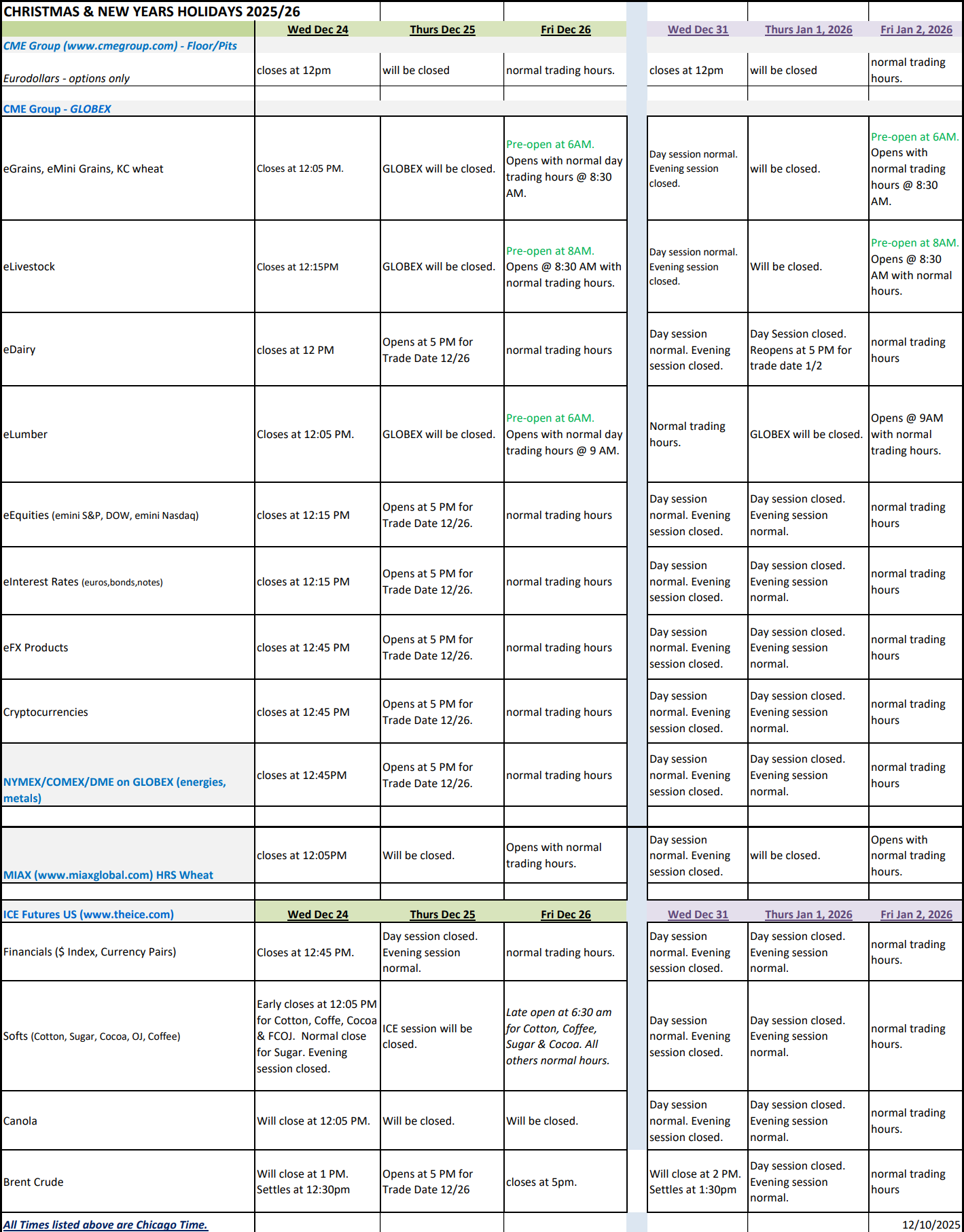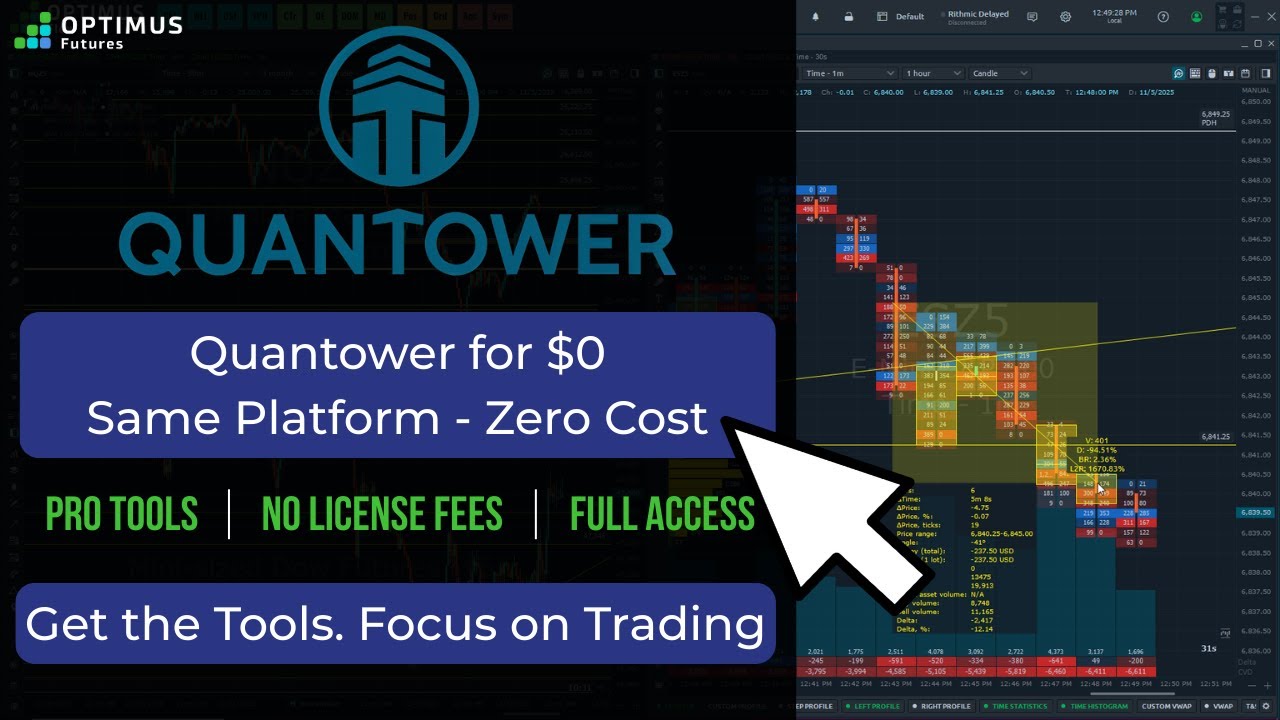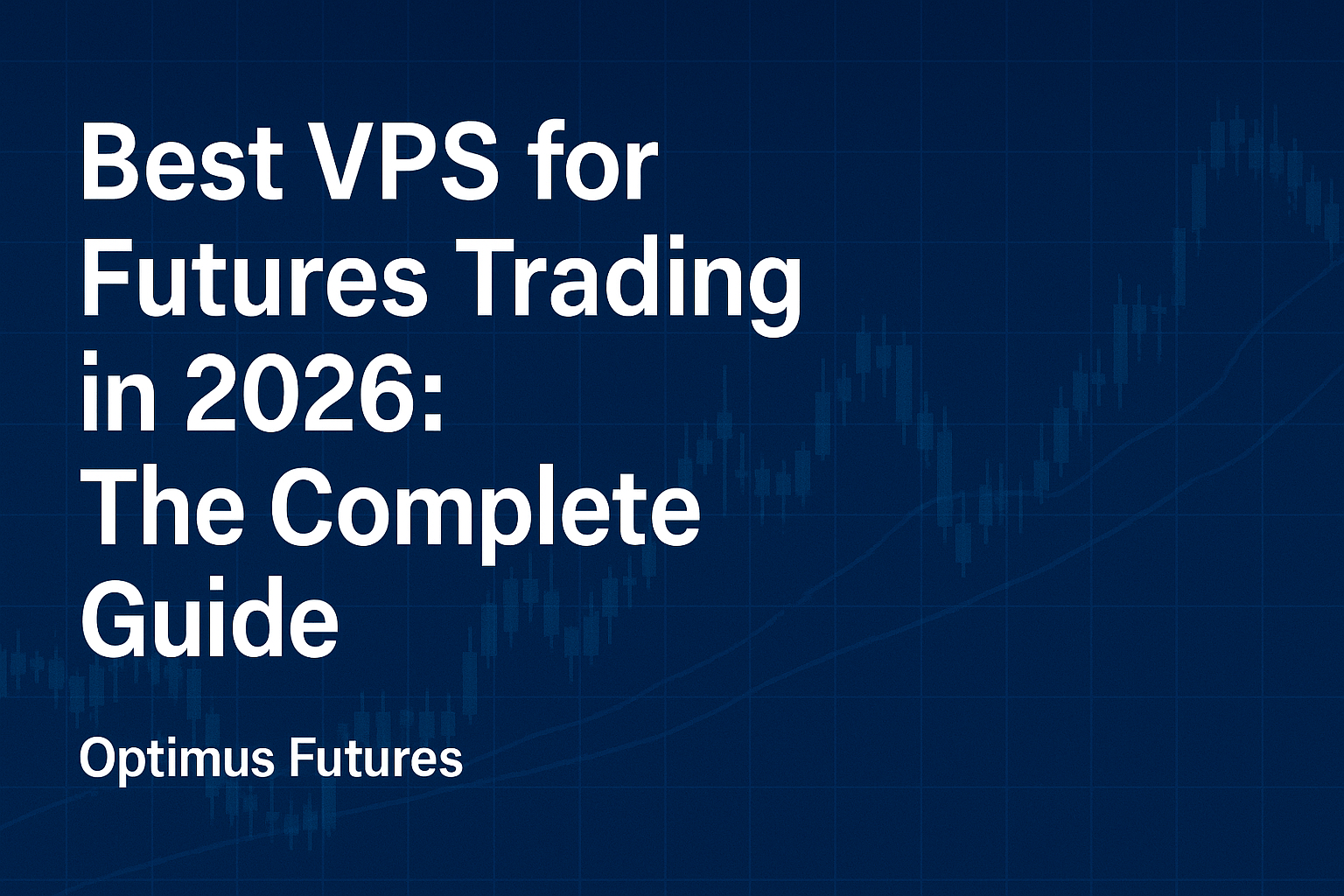This article on Multiple time frame analysis is the opinion of Optimus Futures, LLC.
- Multiple time frame analysis involves examining an asset’s price action across different time frames to gain a more big-picture view of the market’s price action.
- The main risk of not checking multiple time frames is that traders may miss critical information.
- By incorporating multiple time frame analysis into their trading strategy, traders can potentially increase their odds of success in the markets.
Trading is a game of probability. It begins when you decide on a price to enter the market. It ends when you exit the market. The significance of your market analysis and trading strategy cannot be overstated as they dictate your market entries and exits.
The challenge is to improve the chances of success in selecting the appropriate timing along with the entry and exit points. How might you do it?
One effective way to improve your approach would be to check the movement of your asset across multiple time frames—aka, Multiple Time Frame Analysis.
What is Multiple Time Frame Analysis?
Multiple time frame analysis is a technical analysis method in which you examine the price action of an asset over different time frames, usually ranging from short-term to long-term periods.
For example, if you’re trading the S&P 500 Futures (ES)—whether you’re a scalper, day trader, swing trader, or position trader—you would check the ES price action anywhere from a 1-minute to the 1-month timeframe.
Why check multiple time frames? To gain a more big-picture view of the market’s trends, areas of critical support and resistance levels, and chart patterns.
Most importantly, when trends or areas of support and resistance converge (or are the same) across multiple time frames, they tend to provide stronger signals.
What’s the Risk of Not Checking Multiple Timeframes?
The main risk is that you’ll miss critical information resulting in suboptimal decisions based on incomplete data or inaccurate analysis.
By only looking at only one time frame, there’s a chance you may fail to consider the broader context of the market. You’ll miss key levels of support and resistance, trends, or patterns that could significantly impact your trades.
The worst-case scenario is that you’ll miss trades that could have been profitable if you had seen them or sustain losses that could have been avoided if only you saw the bigger picture.
READ ALSO | Best Time Frames For Day Trading Futures
How to Perform Multiple Time Frame Analysis
Let’s take a look at the E-Mini Dow Jones Futures (YM) on March 23, 2023.
Here’s the sample scenario:
- You are a day trader who typically uses a 5-minute chart.
- It’s Thursday, and the biggest economic driver—the Jobless Claims report—is released at 8:30 am ET, and the numbers were smaller than expected.
- Market sentiment is mixed, with bulls and bears battling it out amid a potential banking crisis.
- Note that the chart is in PST (3 hours behind New York ET)
YM 5-Minute Chart – March 23, 2023
Suppose you went “long” the YM following the Jobless Claims report. You had a nice uptrend until around 8am PST (or 12pm ET). This level could have been anticipated, possibly signaling an opportunity to go short.
But how? The possibility of a reversal was more pronounced in the 1-hour chart.
YM 1-Hour Chart – March 21 – 24, 2023
But still, why the bearish bias? Besides the larger fundamental picture, which was generally uncertain, what other technical indications do we have to suspect that the trend (which is evident above) leaned toward the downside?
You had to look at the daily chart.
YM Daily Chart – January 26 – 24, 2023
The market’s bearish trend is evident here. And the level at which the YM’s price had reversed on March 23 (as viewed from the 5-minute chart) was not only the 61.8% Fib level but also the downtrend line that began on February 13.
In short, a multiple time frame analysis might have given you a wider perspective and more trading opportunities than if you viewed your chart using only one time frame.
The Bottom Line
To conclude, multiple time frame analysis is essential for traders looking to potentially increase their odds of success in the markets.
By examining the price action of an asset across different time frames, traders can gain a more big-picture view of the market’s trends, areas of critical support and resistance levels, and chart patterns.
This can help traders to make more informed decisions and potentially avoid missing critical information that could impact their trades.
Incorporating multiple time frame analysis into your trading strategy can give you a wider perspective and possibly more trading entries, which can potentially lead to better results.
There is a substantial risk of loss in futures trading. Past performance is not indicative of future results. The example strategies in this article are for informational purposes only and are not intended to be trading advice.







